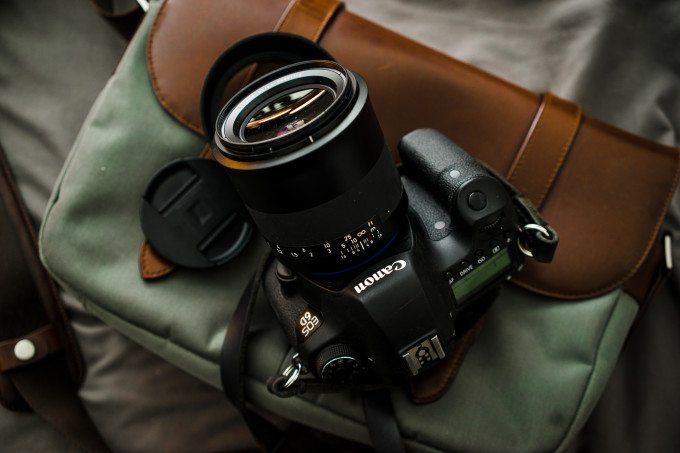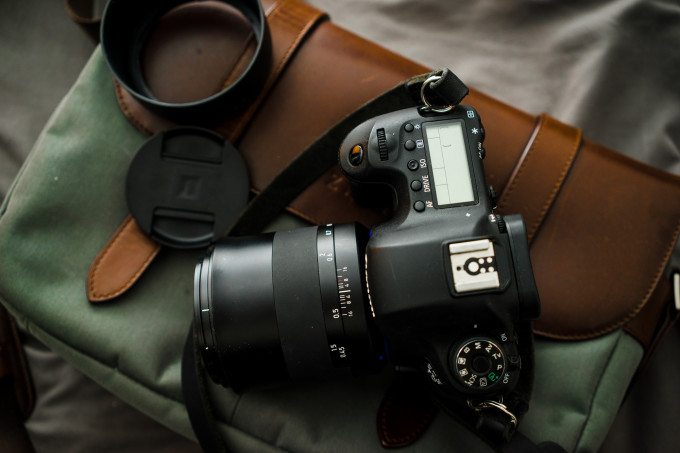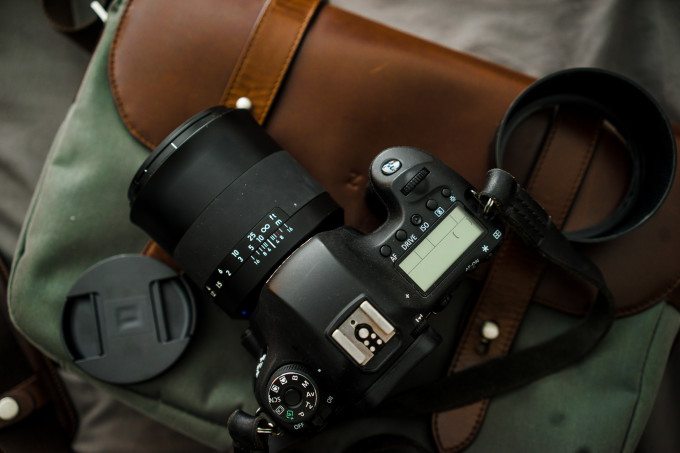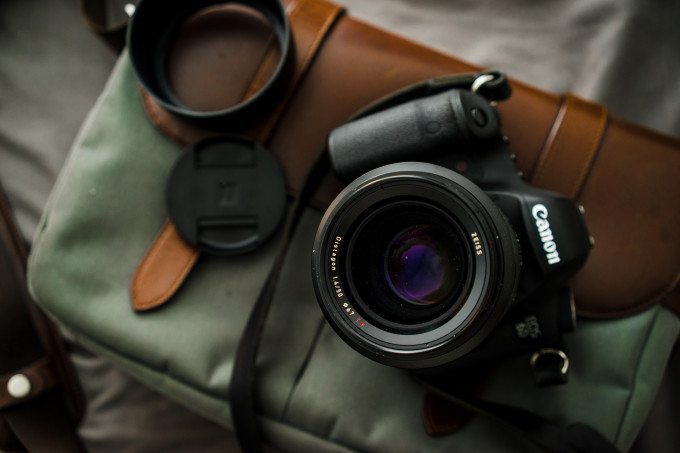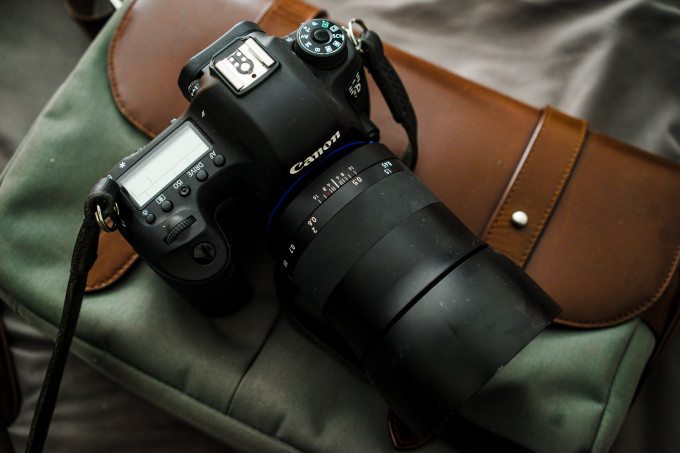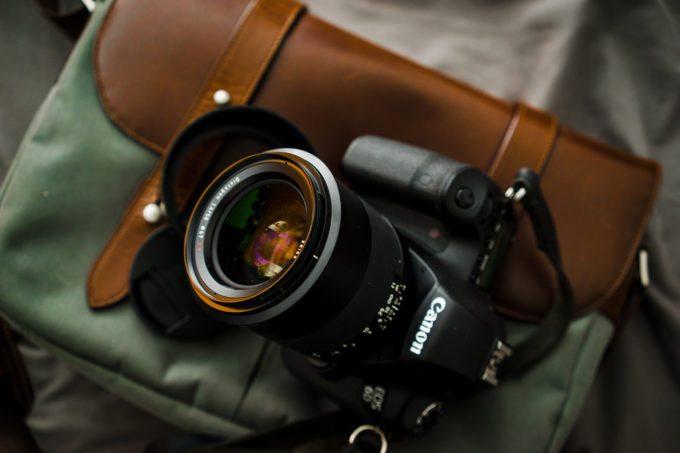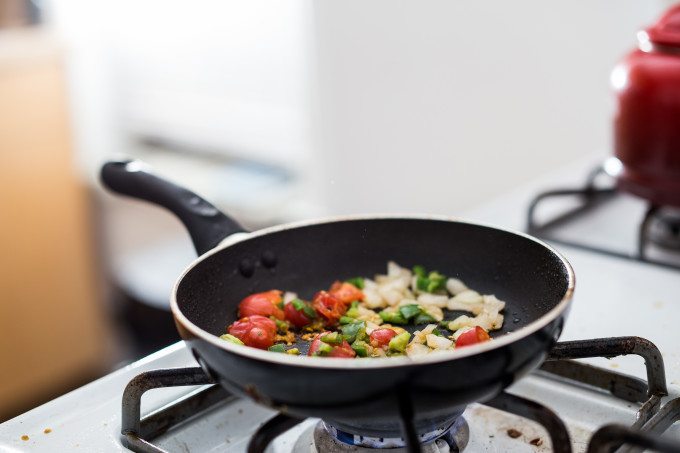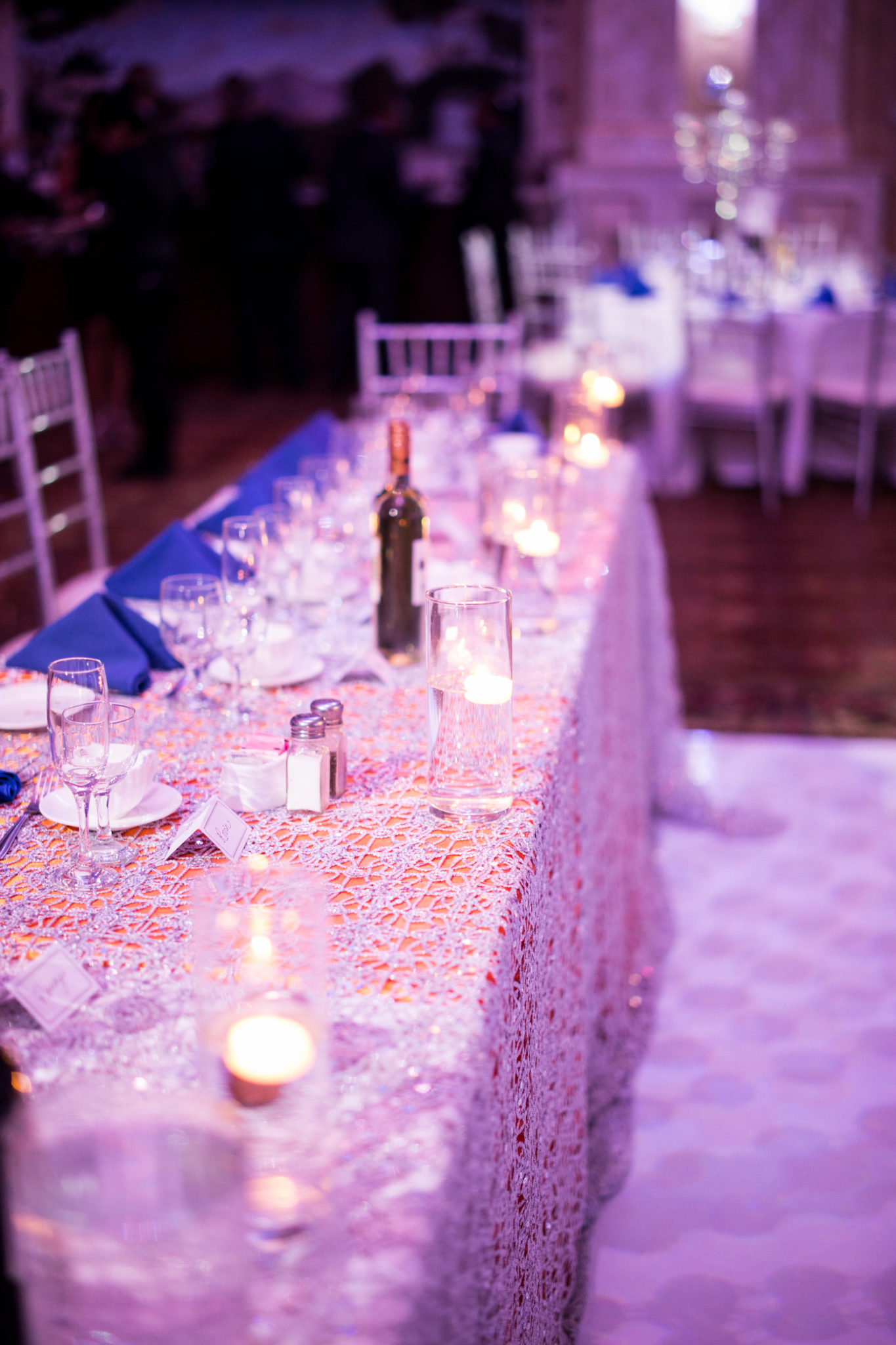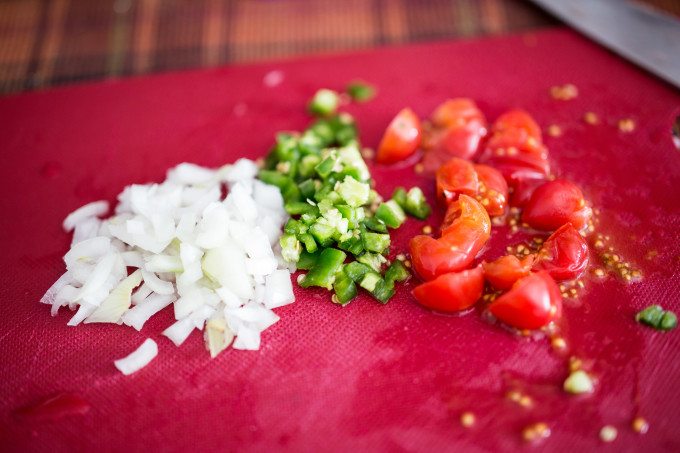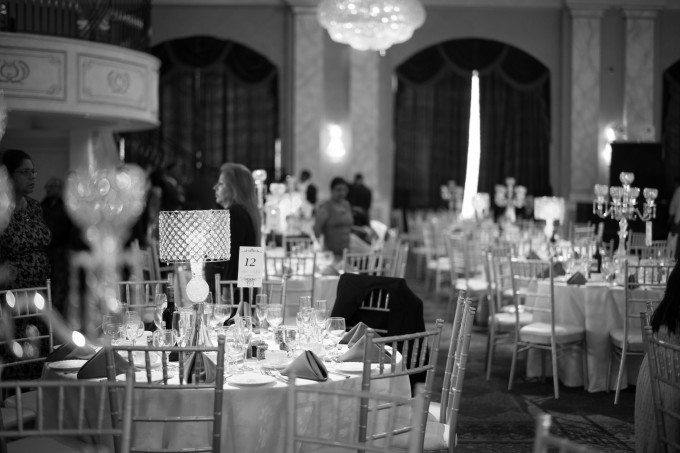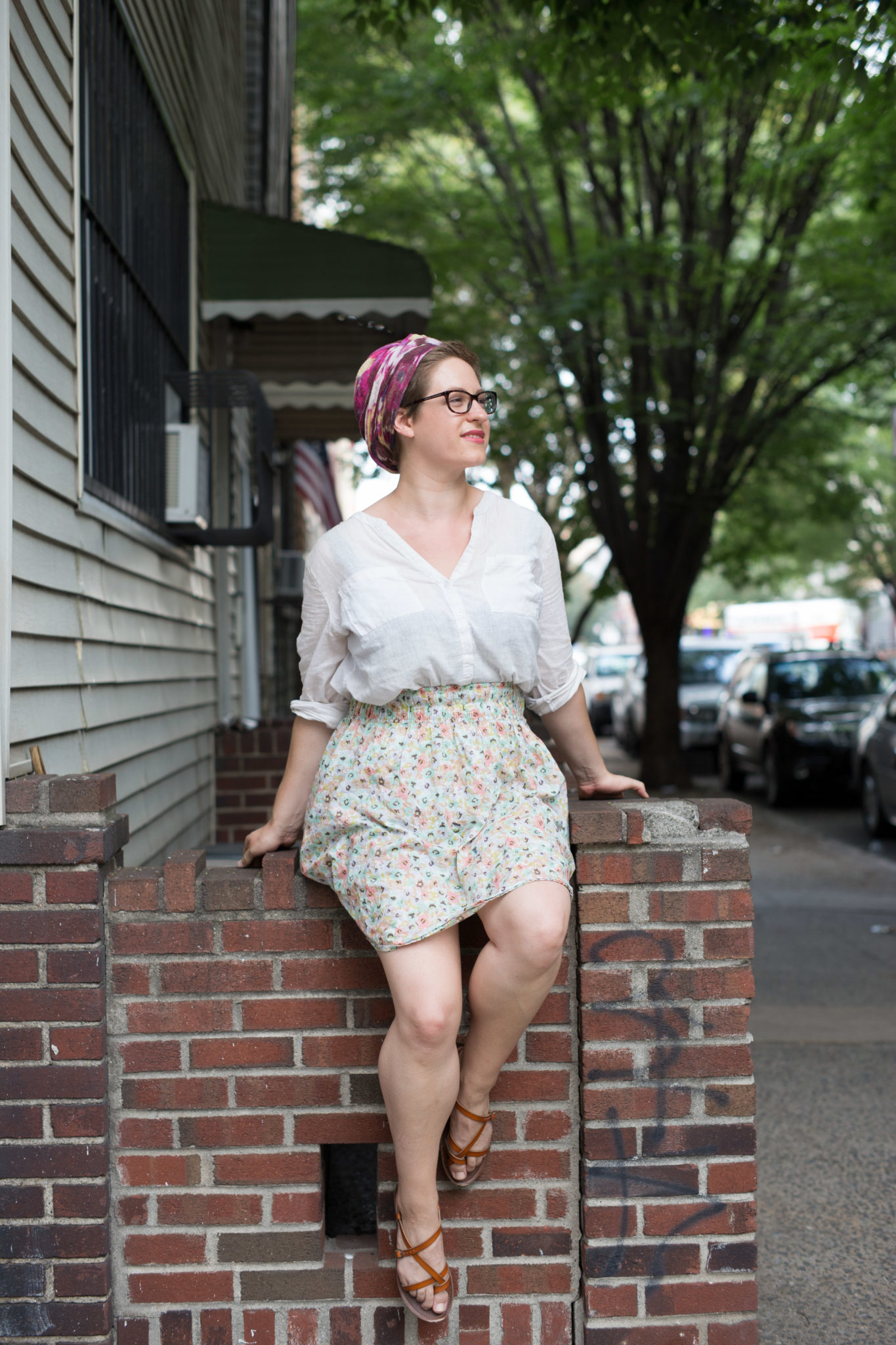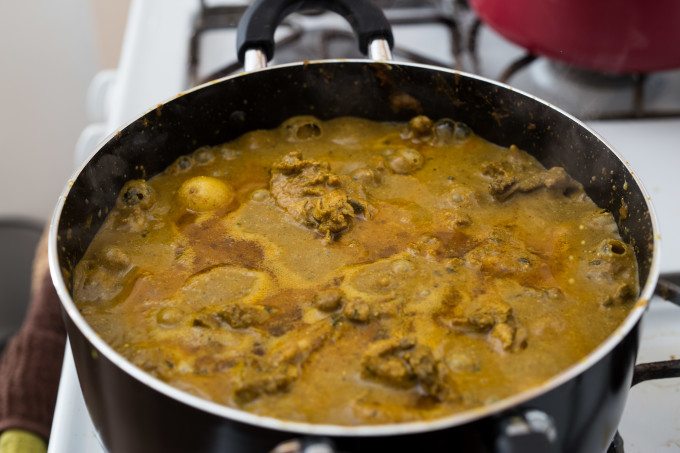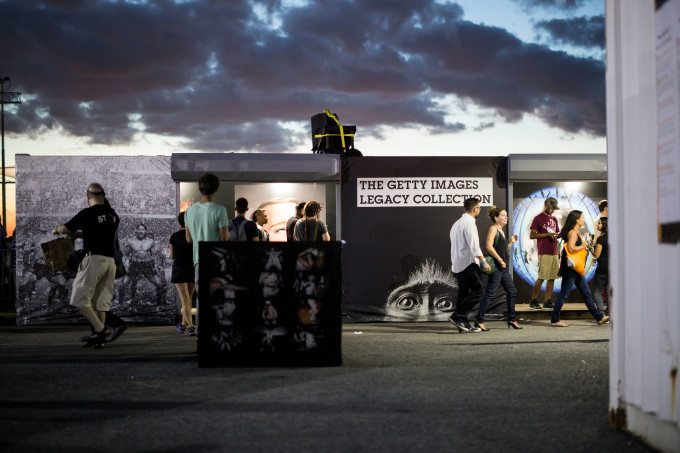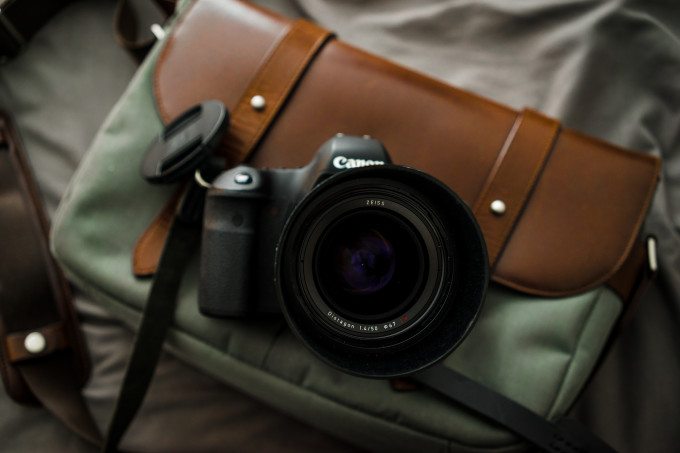Last Updated on 11/05/2015 by DigitalMGMT
Quite honestly, reviewing cameras doesn’t excite me anywhere as much as it used to years ago–but reviewing lenses is always incredibly fun. At this point in the game, I typically know that a camera will be great and more than suffice for the needs of most, but lenses are a different story. They can surprise you. Yes, the technology makes them very good too but lenses and lighting quite literally are at the heart of what makes your image look the way that it does.
When Zeiss released their lineup of Milvus lenses, I was sent five of them to play with before the announcement date. And to be honest, I was dreading playing with the 50mm f1.4 Milvus quite a bit. Why? I hate the 50mm field of view, but the results that this lens offers seriously knocks you down onto the ground with amazement.
Pros and Cons
Pros
- One of the best 50mm lenses I’ve ever used–to the point where I ended up actually liking a 50mm lens.
- Great sharpness
- Beautiful bokeh and skin tones
- Weather sealing
Cons
- Expensive at $1,199
Gear Used
We tested the Zeiss 50mm f1.4 Milvus lens with the Canon 6D and the Adorama Flashpoint Zoom Lion radio flash and transmitter.
Tech Specs
Specs taken from the B&H Photo listing of the lens.
| Features | |
|---|---|
| Autofocus | No |
| Physical | |
|---|---|
| Filter Thread | Front: 67 mm |
| Dimensions (DxL) | Approx. 3.25 x 3.84″ (82.5 x 97.5 mm) |
| Weight | 2.03 lb (922 g) |
Ergonomics
The Zeiss 50mm f1.4 Milvus lens is one with an exterior composed mostly of metal–and really tough metal too! The only area that isn’t metal is the rubber focusing ring and the rubber weather sealing gasket towards the back of the lens.
Since this is a manual focus lens, Zeiss included a full focusing scale and depth of field scale. Being a lens made for DSLR cameras, this lens cannot autofocus.
The lens has a 67mm front filter just in case you want a mount something like an ND filter. Generally you’ll want to keep the hood on, but it makes the lens much larger.
In fact, the hood will make it quite a bit larger–but it is also made of solid metal and will do lots to protect your lens.
Build Quality
Considering that this lens is weather-sealed, I decided to take it out for a spin in a rainstorm while I was on a trip to Canada. It stood up to the weather like a champ not only thanks to the internal lens gaskets but also the rubber ring around the lens mount to prevent any sort of problematic issues arising from the weather.
Ease of Use

The Zeiss 50mm f1.4 Milvus, like the other Milvus lenses, aren’t really designed for the amateur photographer. We’ve stated many times before that manually focusing a lens will make you think more about your image because you’re already paying that much closer attention to your scene and you’re being incredibly careful. Photographers who hate manual focusing should steer clear, but the rest of us will feel right at home using zone focusing and even Live View.
Indeed, one of the best ways to focus with this lens is with the camera’s Live View feed or otherwise just by ensuring that what you want in focus has the proper focusing point selected while focusing.
Focusing
As we just stated twice already in this review, this is a manual focusing lens. Photographers have the option of using the zone focusing system with the depth of field scale, but they can also just focus by using the autofocus points and waiting for focus confirmation.
For what it’s worth, this lens will be easier to focus on a Nikon DSLR due to the way that Nikon’s rangefinder system works.

In fact, what you’ll notice in this post is that some of these images aren’t even in focus. Why? Well, I’ve got a pretty bad astigmatism and focusing handheld with a lens of this focal length while shooting with a very wide aperture handheld. It’s tough to do with Canon because as soon as the camera tells you that you’ve got the subject properly in focus it will immediately tell you that it’s off with the little notification in the bottom right of the screen. It’s tough to do and it’s also rather exacting work.
So why keep the out of focus images in here? To be honest, we’ve never been a site about pixel peeping, and when you’re not looking at the image at 100%, you probably won’t be able to notice.
Focusing a lens like this is even tougher to do in very low lighting. I really recommend working with a tripod when using this lens.
Image Quality
You’re paying a heck of a lot for a lens like this, so you’ll obviously expect it to perform well. Indeed, it does–this lens is sharp, contrasty, has beautiful bokeh, didn’t render any purple fringing that I was able to find, and also really just delivers great images in the right hands.
Bokeh
Given that this is a 50mm lens, you’ll obviously expect to have quite a bit of bokeh. Don’t worry, you’ll get it! The bokeh here is very creamy and you’ll have nothing to complain about. It won’t be distracting in any way at all. In fact, I believe the bokeh here is better than Sigma’s 50mm f1.4 Art lens, but only by a hair. It’s better for sure than the older version. We’re even inclined to say that this lens has comparable bokeh to the 55mm f1.4 Otus.
Color Rendition
We’re very, very pleased with the color rendition here. Sigma’s 50mm f1.4 Art lens delivers better colors though with much more saturation that I’m personally a bigger fan of. Out of the camera, the Zeiss delivers nice colors, but both Sigma’s Art lens and the Otus are better here.
Get ready to work with the color channels in Lightroom. Still though, that doesn’t mean that the colors are bad. In fact, they’re excellent and just right for skin tones.
Color Fringing
This image of my cousins looks like there is purple fringing, but there really isn’t. Take a look right behind Mike’s head on the right hand side. Looks, like fringing, right? It isn’t. We were at our cousin’s wedding and some poor designer decided to make the interior lighting all purple.
Here’s another image for verification of that fact. Though the light is mostly purple, there are enough contrasty points in the image to make me believe otherwise. Running the images through Lightroom also don’t turn up any fringing.
The opening image of the Image Quality section had me thinking that this lens exhibited purple fringing but on closer inspection, I again can’t find any.
Sharpness
The sharpness of this lens and any lens is best exhibited with a flash in the scene or illuminating the scene. That’s what we have here and you can see that the lens is capable of producing very sharp images. It’s about on par with Sigma’s Art lens and a bit behind the Otus, though maybe not noticeably unless you’re really, really looking for it.
Extra Image Samples
Conclusions
Likes
- Beautiful image quality that you can really get behind
- Great feel in the hand
- Excellent build quality
- Image quality that you can really fall in love with; in fact, this is probably the best 50mm lens that I’ve personally used though I know it isn’t the best. I just really preferred it.
Dislikes
- A bit pricey
The Zeiss 50mm f1.4 Milvus lens is highly capable–there should be absolutely no doubt in your mind. What I’m most in love with about this lens is the bokeh. Of any 50mm lens that I’ve tested, I’m very inclined to say that the best bokeh comes from this lens. I wouldn’t really expect any less considering that this is a Zeiss lens. Then there is the sharpness that is absolutely purely incredible. Mix in the fact that we couldn’t find any color fringing and you’re all set.
The colors aren’t all there–they’re great, but they’re not excellent like Sigma’s Art lens.
But what this lens has over all the rest is its weather sealing and excellent, solid build quality. It’s even better built than the Otus and Sigma’s lens because they both don’t have weather sealing.
When you consider this fact, this lens seriously deserves lots of praise–and that’s why I’m giving it an Editor’s Choice award. The results are great and for the price point, you’re getting quite a bit including weather sealing for only a couple hundred dollars more than the Sigma Art.
We award the Zeiss 50mm f1.4 five out of five stars and the site’s Editor’s Choice award. Want one? You’ll need to shell out $1,199 at B&H Photo.
Recommended Cameras
Canon 6D: If you want the best in high ISO output when using a flash of some sort, get the 6D. You won’t be disappointed.
Canon 5Ds: You’d be doing a great injustice not using this lens with the 5Ds if what you want is pure sharpness.
Nikon D810: For the best image quality from a Nikon DSLR, pair the lens with this camera.


